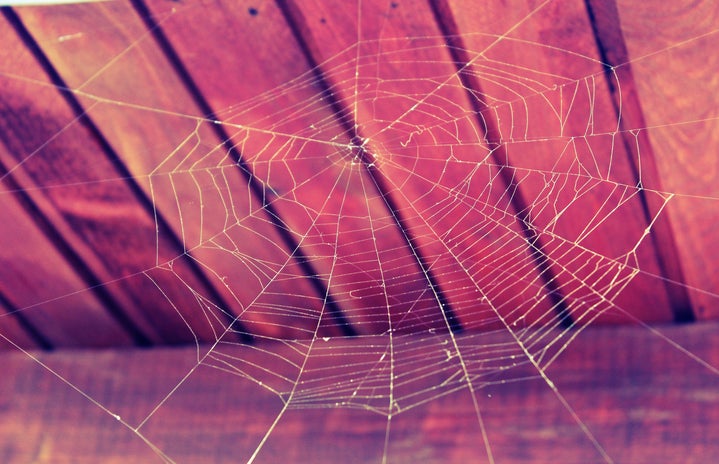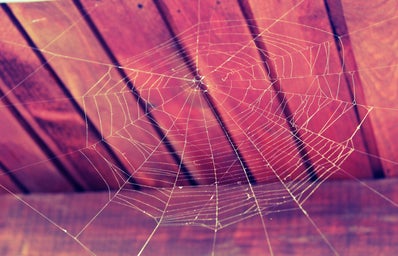With Halloween arriving in just a few days, ‘tis the season of everything spooky and mystical. Tarot cards certainly fit under the “spooky and mystical” category. So, if you’ve ever wanted to learn how to read tarot, or if you’re just curious about tarot cards in general, read on!
First, let’s clear up some common misconceptions about tarot cards. Tarot cards are not evil or demonic, nor are they inherently supernatural. In fact, you can perform divination with regular playing cards, too, but no one seems to be frightened of them. Using tarot cards won’t open up any portals to the spirit world unless you’re specifically attempting to contact a spirit. Essentially, tarot cards are merely tools to help you interpret your own intuition. So, unless you are specifically calling upon some spirit or deity to give you answers, all of the answers are coming directly from yourself. And no, you don’t have to be psychic to read tarot. Intuition is a bit like a muscle. The more you “exercise” it, the stronger it’ll get. So even if you aren’t getting accurate readings in the beginning, the more you practice, the better you’ll get. And lastly, whatever reading you ultimately get when attempting to divine the future isn’t set in stone. Your actions can always change the future, and tarot cards just tell you what the current possible future is based off of your present actions.
Now that we’ve cleared up those misconceptions, here’s how you can read tarot cards!
Choosing the Right Deck
Before you even begin reading tarot, you need at least one deck of tarot cards. For beginners, it is typically recommended to start with the standard Rider-Waite deck, since the images are pretty minimalistic, and this deck is what inspires most other tarot decks. If you can read from the Rider-Waite deck, you can understand pretty much any other tarot deck. However, if that deck doesn’t appeal to you, pick a deck that you like. Choose one that has artwork that you enjoy looking at and allows you to clearly see the scene the card is depicting.
The Major and Minor Arcana
Most traditional tarot decks are separated into the Major and Minor Arcana. The Major Arcana typically represent main events in a person’s life. Each is assigned a number, and when placed in order, they tell a loose story. These are the cards to pay the closest attention to in a reading. The Minor Arcana represent minor events and influences in a person’s life. The Minor Arcana are separated into four suits (Wands, Pentacles/Coins, Cups, and Swords), traditionally numbered from ace to ten, and then each suit has a Page, a Knight, a Queen, and a King. Each card has its own unique meaning, and there are typically 78 cards in total.
Learning Method One: Memorizing the Cards
One method of learning to read tarot is to simply memorize all of the different meanings. With 78 cards in a standard tarot deck, there’s a lot of memorizing to be done. While some cards are pretty self-explanatory in their meaning, others can be a bit more confusing. If you’re good at memorization, this method is great for you. I highly suggest the Labyrinthos Tarot app, which teaches you the meanings of all of the cards in a flashcard style. For a more detailed explanation of the cards’ meanings, I suggest BiddyTarot.
Learning Method Two: Interpreting Images
Instead of having to memorize each individual card, learn by doing. When you look at a specific card, what feeling does it give you? Do the figures depicted on the card appear happy, sad, angry, or fierce? What is the scenery like? Does the weather seem fair or tempestuous? How does the mood that the card gives off relate to the question that you’re trying to answer? It is important to know that none of the images on the cards are there as mere decorations. Everything that is depicted on the card is there for a purpose, so don’t ignore any of the details! And if you’re pulling multiple cards, try to see if there are any connections between the cards. For example, does a figure in one card face towards or away from a figure in another card, and what could this imply? When reading tarot, try to tell a story with the cards, with each card depicting a certain “scene” in that story. This story should contain the answer to whatever question you may have.
Tarot Spreads
While you certainly can do tarot readings with one card at a time, for more complicated questions or situations, you’re better off pulling multiple cards and interpreting them all at once to get a more in-depth reading. To do this, you either need to make a tarot spread or use one that you find online. A tarot spread is basically a template that tells you how to position your cards and what those positions mean. The most common one is the “Past, Present, Future” three-card spread. The position of your cards is important because you don’t want to read each card alone; you want to link them together into a story. If a figure in one card appears sad, and a figure in another card seems to be standing above the other figure triumphantly, and those cards happen to be right next to each other, it creates a different meaning than if there was a random card in between those two cards.
Hopefully now you feel comfortable enough with tarot to experiment by performing your own readings. Whether or not you believe tarot cards to be accurate, doing readings for yourself or your friends is always a lot of fun. And, since it is nearly Halloween, it is the perfect time to dabble in spooky, mystical things. Happy Halloween!
If you would like to write for Her Campus Mount Holyoke, or if you have any questions or comments for us, please email mt-holyoke@hercampus.com.


